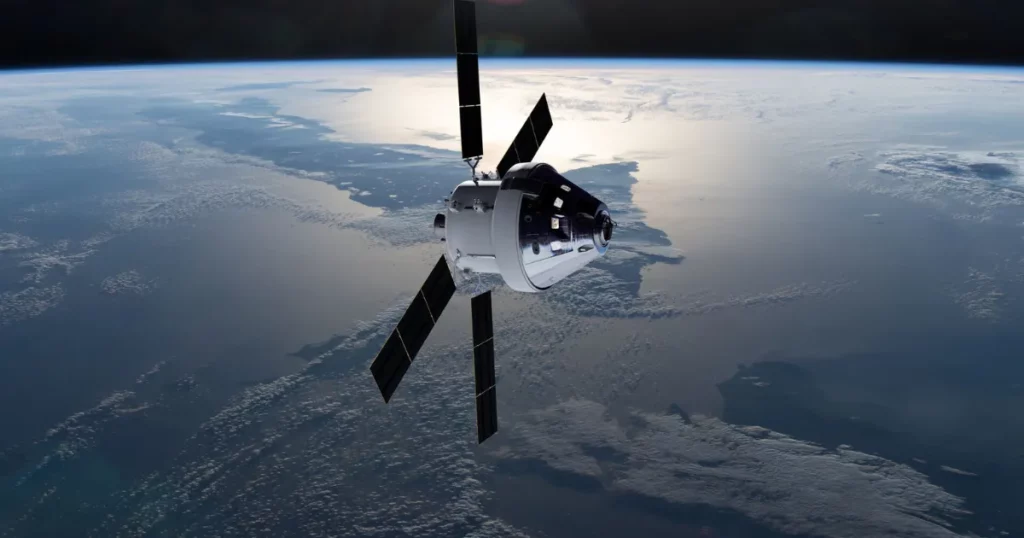NASA recently announced the names of the four astronauts for the Artemis II mission to the Moon, which is expected to be launched in 2026 at the earliest.
This will be the first time since Apollo 17 in 1972 that a manned spacecraft has approached the Moon’s orbit, and will lay the groundwork for subsequent lunar landings.
The four astronauts on the mission are each historically significant, including the first black, first female, and first non-American astronauts to land on the moon, making this the most symbolic launch of the Artemis program.
What is Artemis II? Why it’s getting global attention
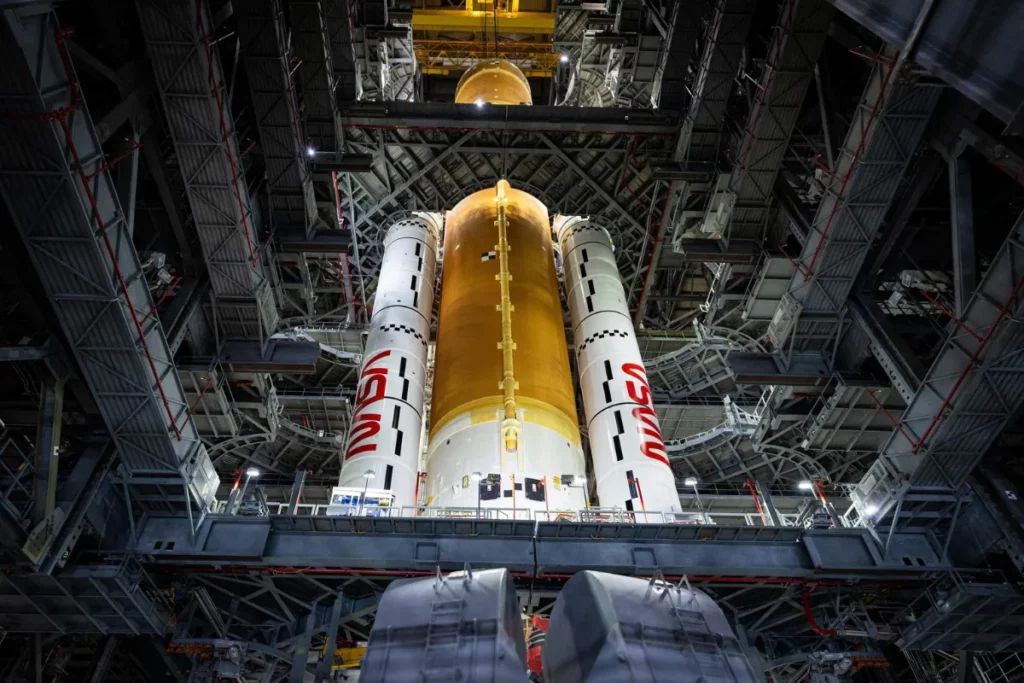
Artemis II is the second phase of NASA’s ongoing Artemis program, which aims to send four astronauts into orbit around the Moon for the first time after uncrewed testing (Artemis I), all aboard the next-generation Orion spacecraft and Space Launch System (SLS) rocket.
Not only was it the first major manned space mission since Apollo, but it also symbolized a refocusing of U.S. space exploration to the Moon and eventually to Mars.
Artemis I Successfully Validated, Phase II to Be Launched Soon
In December 2022, the Artemis I mission successfully completed its unmanned flight around the Moon and returned safely to Earth. This gives NASA the confidence to send humans to similar orbits for manned observations and spacecraft performance verification.
Artemis II’s main objective is to “orbit the moon, not land on it.”
Although the mission has not yet actually landed on the lunar surface, it will fly around the Moon and conduct short-term surface analysis by “human eye observation” at the closest point to the Moon to collect environmental and navigation data for future missions.
Four Astronauts Make Record-Setting Appearance
The Artemis II crew demonstrates NASA’s commitment to diversity and international cooperation. In addition to U.S. representatives, the Artemis II crew also includes representatives selected by the Canadian Space Agency (CSA).
Reid Wiseman: Commander, senior astronaut.
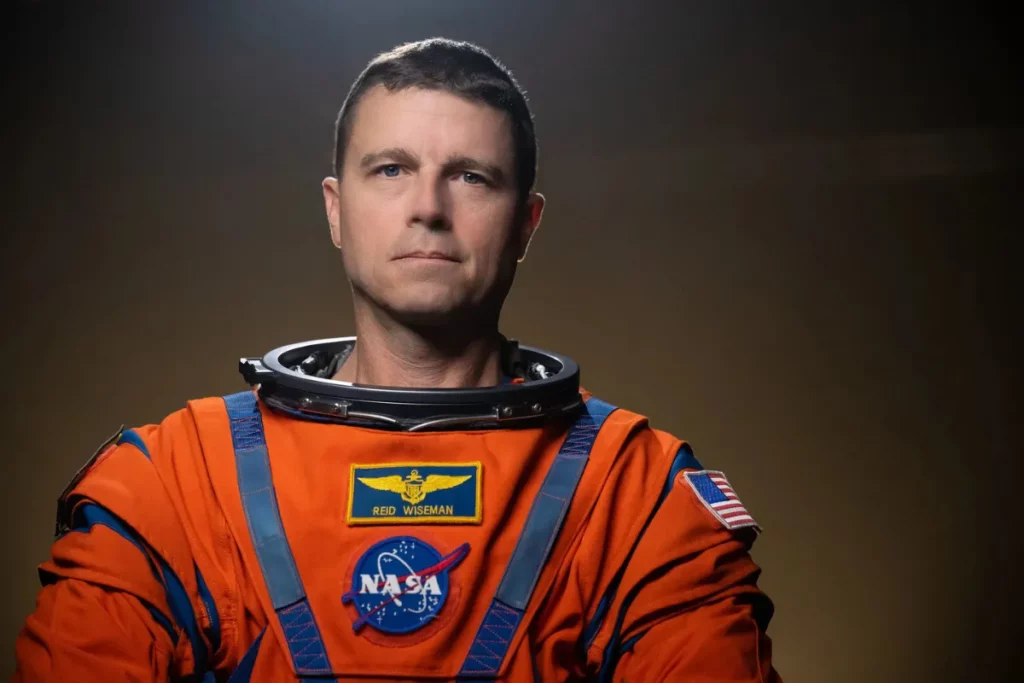
Serving as the mission commander is Reid Wiseman, a former NASA Astronaut Office Director with International Space Station (ISS) stationing experience and a high degree of mission coordination and response capability.
Christina Koch: First Female Astronaut on a Moon Mission
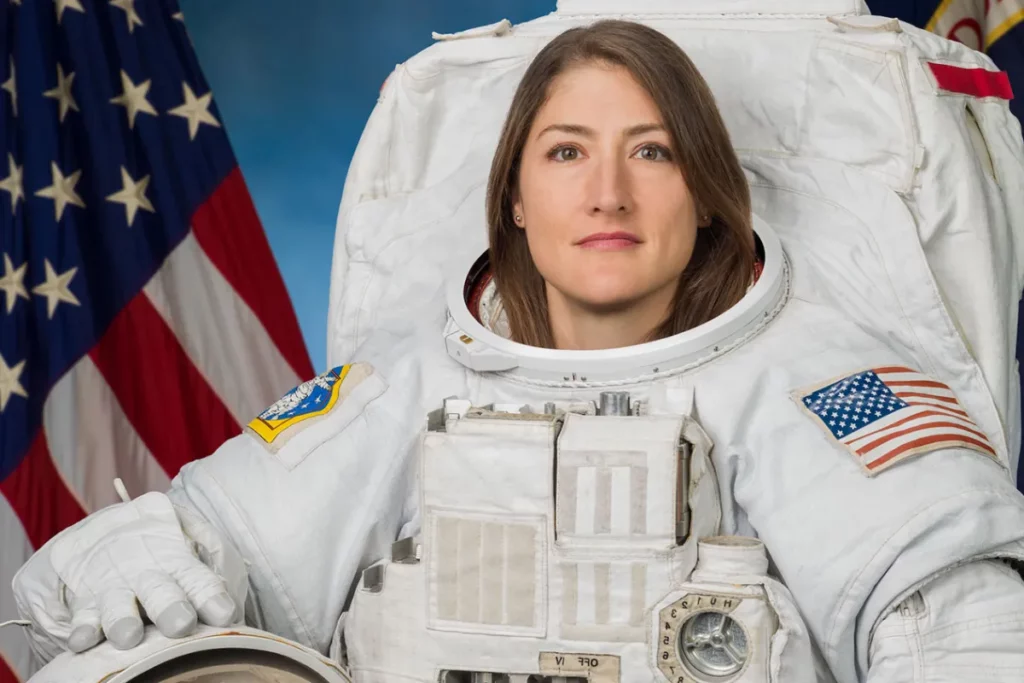
Koch, who set the record for the longest single station stay by a woman (328 days) and pioneered the female spacewalk mission, symbolizes an important milestone in women’s participation in space exploration.
Victor Glover: First Black Astronaut on Moon Mission
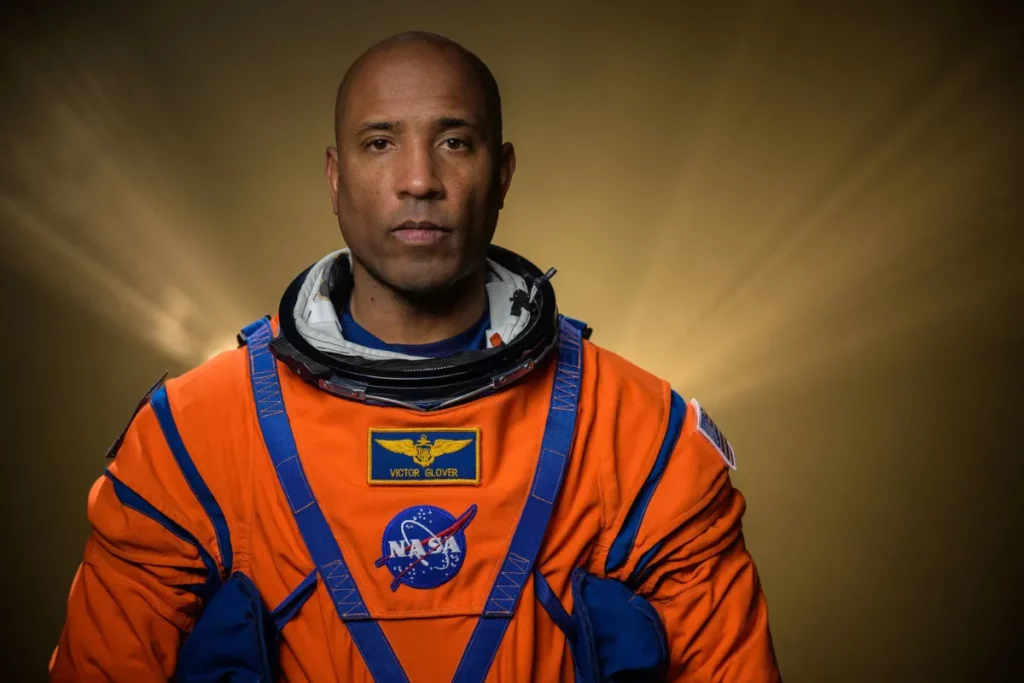
Glover, a SpaceX Crew-1 pilot with extensive flight experience, will be the first black astronaut to fly on a lunar mission.
Jeremy Hansen: First Non-American to Participate in NASA’s Moon Mission

Canadian Hansen is a former fighter pilot and a veteran astronaut selected by the Canadian Space Agency. This is the first time a non-U.S. astronaut has been on NASA’s manned mission to the Moon.
Projected mission time and route design: 2026 takeoff remains to be seen.
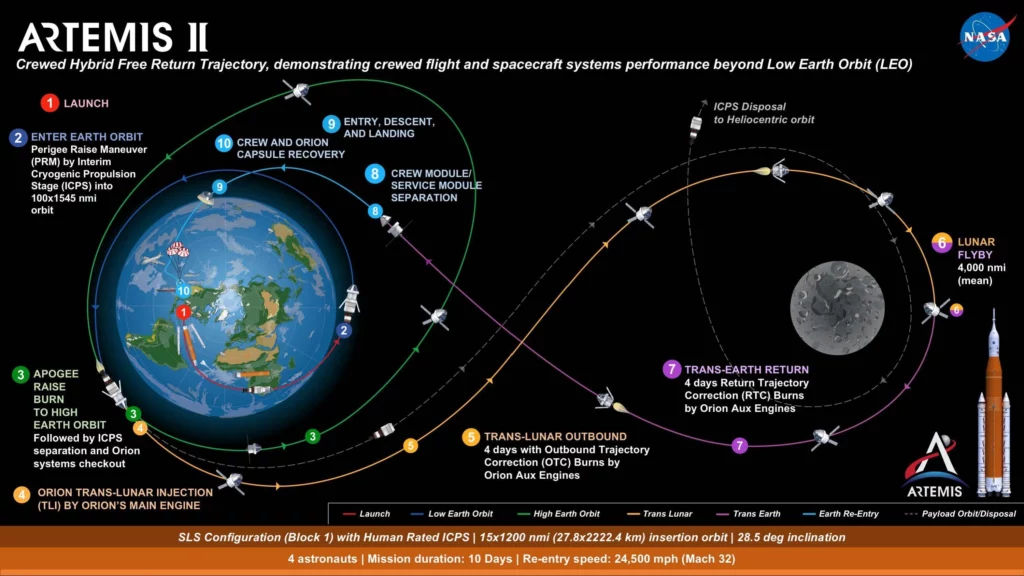
Although the original launch target was 2024, due to technical testing and logistical considerations, the earliest Artemis II mission is now expected to take place in 2026.
The mission will take place aboard the Orion spacecraft, which will be launched by an SLS rocket, enter orbit around the Moon and return to Earth in about 10 days, without landing on the lunar surface.
Lunar orbit design emphasizes observation and navigation
Orion will be close to the lunar surface, briefly observing the lunar surface at a distance visible to the human eye, which will be highly valuable for navigational control, communications equipment and verification of environmental conditions.
Return to Earth’s surface to verify manned system safety.
With astronaut safety as the primary goal, the mission will eventually enter the Earth’s atmosphere and land in the Pacific Ocean to test insulation, navigation and rescue capabilities during the return phase.
Why do we go around the moon first instead of landing on it? How is it different from Apollo?
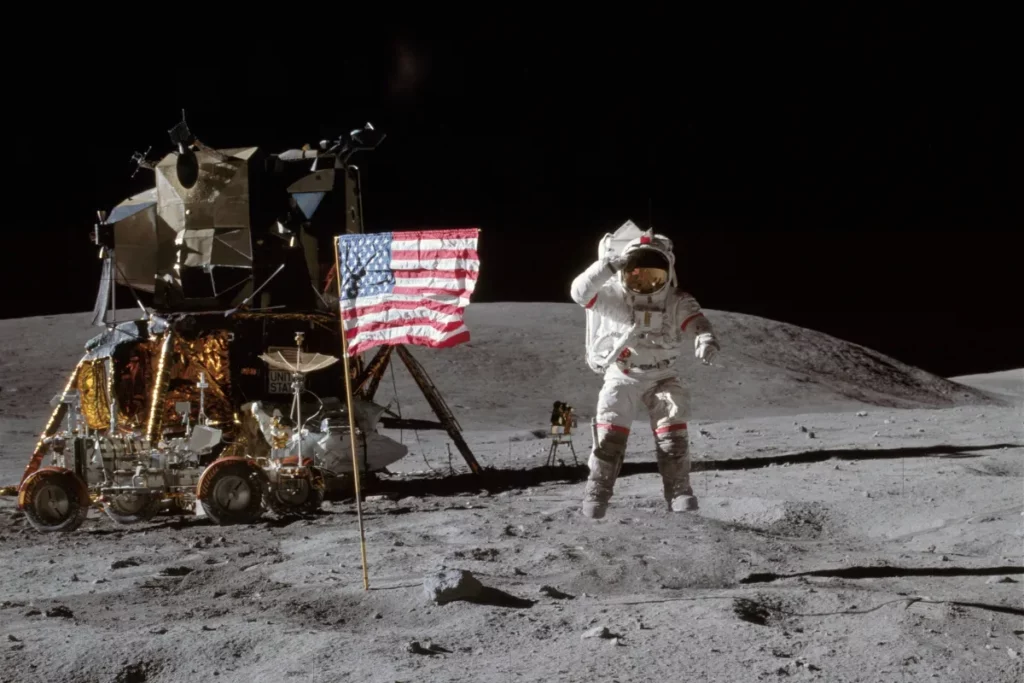
Many readers of the Artemis program have wondered: Why not just go to the moon? It’s actually a reflection of NASA’s current strategy and technology needs.
First, at this stage, the integration of the Orion system with the lunar module is not yet complete, and full manned testing has not yet been completed. Therefore, a “safe and controlled” lunar orbit is a prerequisite to ensure the success of a future Artemis III lunar landing.
Apollo Times goes straight to the moon’s surface, high risk but fast results
Whereas the Apollo program was a higher-risk, higher-budget, higher-rate project, Artemis now focuses on the long-term and sustainability, and brings in private enterprise and international partners.
Lunar Orbital Platform” and stationing system will be constructed in the future.
Artemis III and subsequent programs will be paired with the Gateway Lunar Orbital Space Station and SpaceX’s Starship Lunar Module for multiple reuse and long-term lunar residency.
Artemis’ Next Step: From Circling the Moon to Actually Going to the Moon
If the Artemis II mission is successfully completed, the next phase, Artemis III, will be the real “back to the Moon” key, with an actual landing targeted between 2027 and 2028.
It is expected to land at the south pole of the Moon and carry out geological survey, sample return and short-term stay, thus opening up the possibility of a “normalized human lunar landing”.
The Artemis program will then be linked into a complete blueprint from unmanned flight, to manned lunar orbit, to landing, to residency, and even to the transition to Mars.
Conclusion: Artemis II is the beginning, not the end, of a new era of moon landings.
Artemis II was not just a mission around the moon, it was an epochal turning point.
The four astronauts from different backgrounds symbolize diversity and cooperation, Orion and SLS represent a new generation of technology, and the entire mission structure is the beginning of the “sustainable” development of space exploration.
In contrast to the single-point sprint of the Apollo era, Artemis emphasizes stability, validation, reuse and international co-construction.
This is not just a milestone for NASA, it’s a collective journey to the moon for mankind once again.
In the coming years, the world will witness the success of Artemis III’s lunar landing, and whether mankind will actually take the first step towards “settling on the Moon”.
Remember to follow Techduker for more trending news, Stay tuned !
